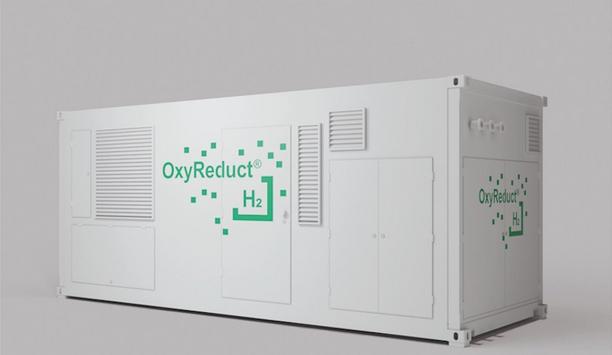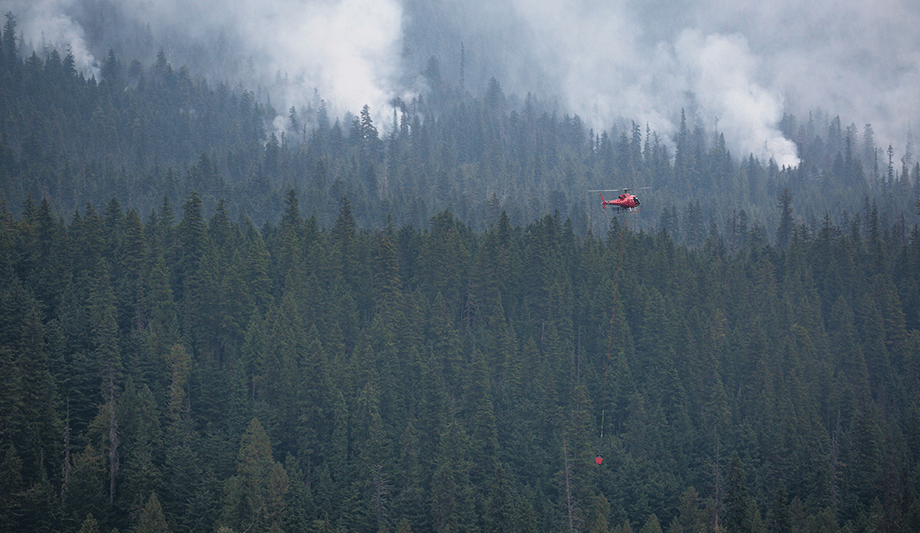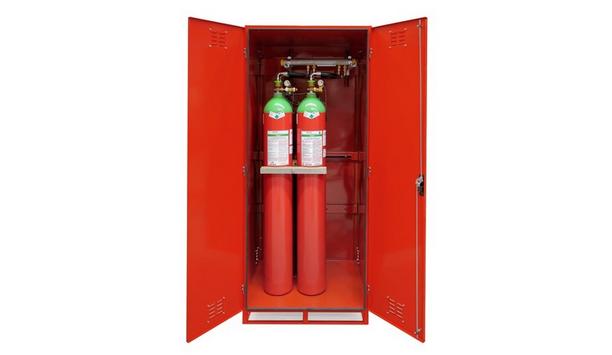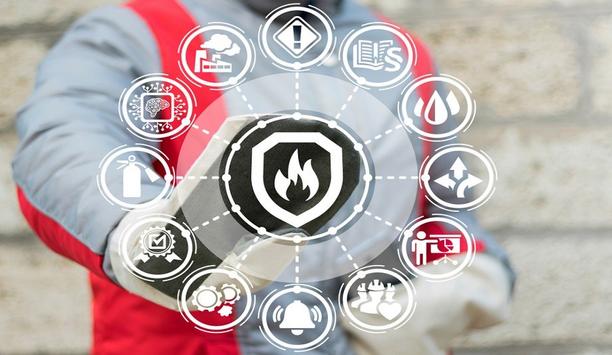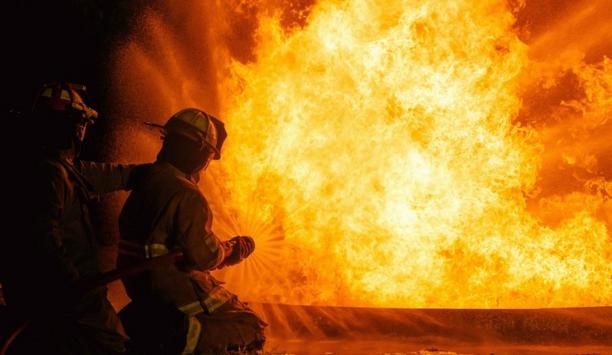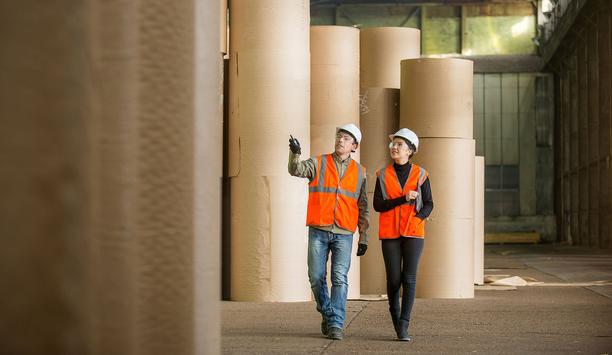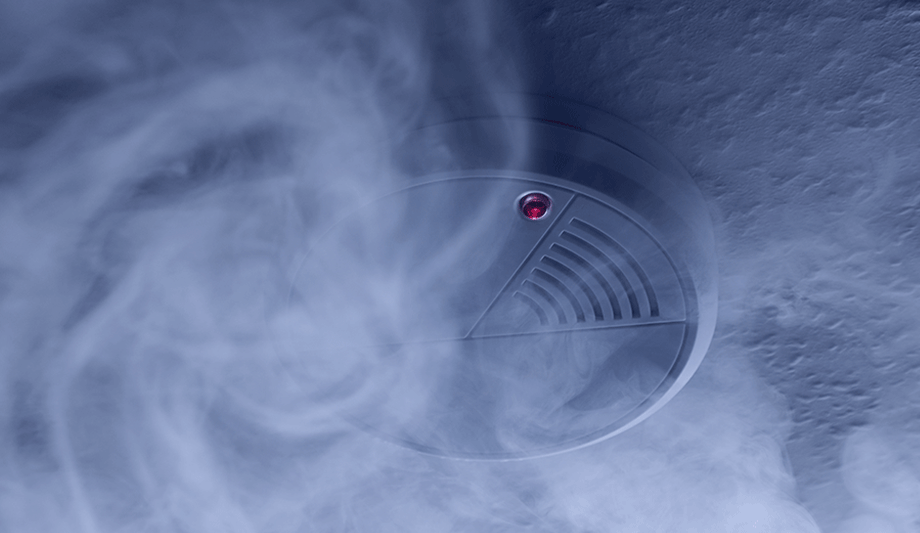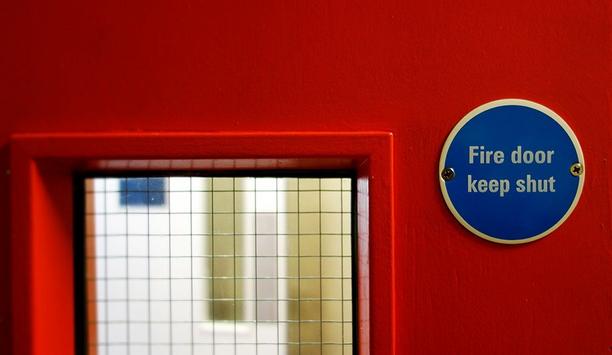Fires have devastating consequences, not just posing a threat to property, but also to human life. Fires can also have detrimental impacts on the environment, with one of the largest associated environmental issues being water runoff occurring from tackling the fire.
What is Fire Water Runoff? - Water is widely used to extinguish fire, thanks to its accessibility and effectiveness. Typically, water isn’t hazardous and doesn’t pose any threats, however, it can easily become contaminated by any materials stored onsite, or combustion by-products. Some water will evaporate with the fire, some will infiltrate into the ground, and any excess will runoff.
Managing fire water runoff
What are the Risks? - Fire water runoff can contain chemicals which are toxic to soils, drinking water, and aquatic life in surface water. Runoff can enter the environment through various pathways, including absorption into the ground, draining into both surface and foul drains, or runoff into bodies of water. The resulting pollution can cause detrimental environmental harm particularly if groundwater becomes contaminated, and even pose a threat to public health.
Fire water can carry contaminants a long distance, expanding the impacted area
Fire water can carry contaminants a long distance, expanding the impacted area. Alongside the environmental impacts, the ‘polluter pays’ principle underpins most of the regulation of pollution affecting land, water and air quality. If you do not manage fire water runoff, you could be prosecuted and be liable for the clean-up costs.
Flood risk assessment
How to Identify Risk? - It is important to carry out a thorough risk assessment. If you are yet to move into a property a thorough flood risk assessment is recommended, however, all businesses should consider their fire water regardless of how long they have been at a site. Enlisting a specialist will make the process much easier, and ensure it is carried out accurately, efficiently, and in-line with best practice and guidance.
It’s important this step is undertaken before there could be any potential risk from fire to ensure a thorough plan and procedure is in place. The risk assessment should consider areas such as the site topography, drainage connectivity, materials and substances stored on site, along with the current storage arrangements. There should also be consideration given to how much water is likely to be required to extinguish a fire.
Robust emergency plans
Having the necessary policies and procedures in place will undoubtedly reduce the potential impact
As part of the risk assessment, a drainage plan should be created and recorded, which will also be useful for site maintenance. Ideally, all relevant information should be stored within accessible BIM (Building Information Modeling) software. Having the necessary policies and procedures in place will undoubtedly reduce the potential impact.
All businesses should have robust emergency plans, with higher risk businesses such as COMAH (Control of Major Accident Hazards) sites legally required to have more comprehensive and detailed plans. Many commercial and industrial sites store potentially hazardous chemicals or materials, which would be highly polluting should they enter a watercourse with fire water. The subsequent runoff can lead to a major accident to the environment.
Preventing fire water
To prevent fire water from causing pollution, it can be contained, reducing the risk of contamination occurring. There are various methods for containment which may include:
- Drainage shut off valves.
- Bunds.
- Containment lagoons or underground storage tanks.
More simple methods can include aspects such as drainage covers or spill kits. An experienced and qualified professional will be able to help you prepare for managing your fire water. Environmental protection is of paramount importance, and by assessing and managing the associated risks, natural resources and ecosystems can be safeguarded.
Notwithstanding a company’s regulatory obligations, and noting that in the vast majority of instances the ‘polluter pays’, the expectations of Corporate Social Responsibility alone make it good practice to demonstrate exemplary environmental compliance. Our team at FPS Environmental can help you by creating a fire water management plan which will identify ways to support water pollution prevention.







